Ixchel Ruiz
Lights, Camera, GitHub Actions!
#1about 3 minutes
Understanding the core components of GitHub Actions
A workflow is triggered by an event and contains jobs with steps that run on hosted or self-hosted runners.
#2about 7 minutes
Configuring workflow triggers with events and filters
Workflows can be triggered by repository events, schedules, or manual dispatches, with filters for branches, tags, and paths to control execution.
#3about 10 minutes
Sharing data between jobs with contexts and variables
Use contexts, environment variables, inputs, and outputs to pass information between different jobs and steps in a workflow.
#4about 6 minutes
Managing job dependencies and concurrency
Control the execution order of jobs using the `needs` keyword and manage parallel runs with concurrency groups to prevent race conditions.
#5about 4 minutes
Creating modular pipelines with reusable workflows
Avoid duplicating code by creating reusable workflows that can be called from other workflows, passing secrets and inputs as needed.
#6about 6 minutes
Demoing manual inputs and job dependency results
A practical demonstration shows how to use different input types for manual triggers and how job dependencies affect skipped or failed jobs.
#7about 13 minutes
Refactoring a repetitive Java build with reusable workflows
A complex multi-OS Java build workflow is refactored into a cleaner, maintainable pipeline by extracting common logic into a reusable workflow.
#8about 15 minutes
Answering audience questions on GitHub Actions
The speaker answers questions about comparing GitHub Actions to other CI/CD tools, optimizing performance, and its future evolution.
Related jobs
Jobs that call for the skills explored in this talk.
Team Lead DevOps (m/w/d)
Rhein-Main-Verkehrsverbund Servicegesellschaft mbH
Frankfurt am Main, Germany
Senior
Matching moments
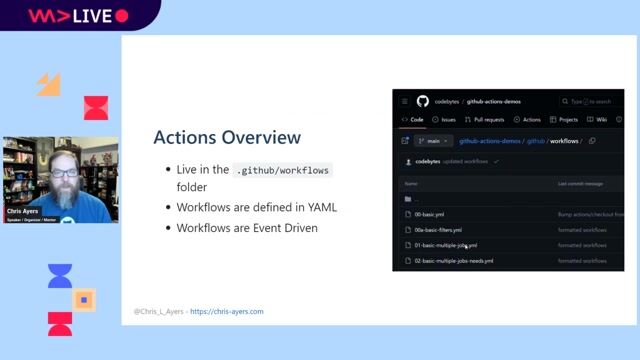
03:44 MIN
Exploring the core components of GitHub Actions
CI/CD with Github Actions
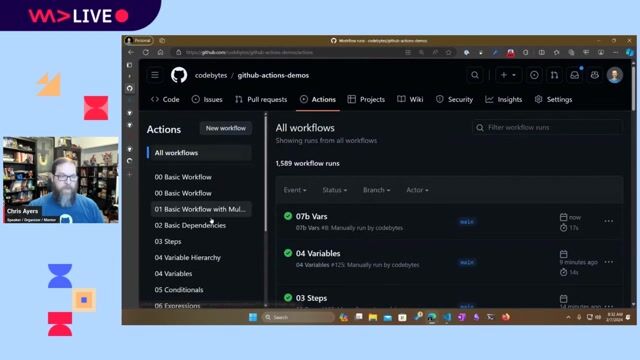
30:56 MIN
Securing workflows with secrets and best practices
CI/CD with Github Actions

25:57 MIN
Building a CI/CD pipeline with GitHub Actions
One-click-to-production: Test and automate your application

07:47 MIN
Analyzing a basic workflow run and its environment
CI/CD with Github Actions
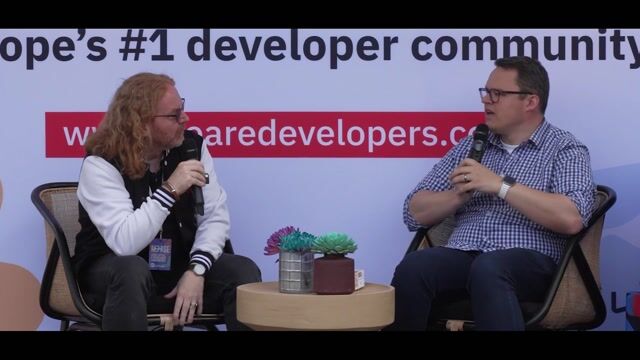
07:58 MIN
Providing multiple on-ramps for developer workflows
Coffee With Developers - Kyle Daigle, COO of GitHub

00:52 MIN
Understanding YAML syntax for GitHub Actions workflows
CI/CD with Github Actions
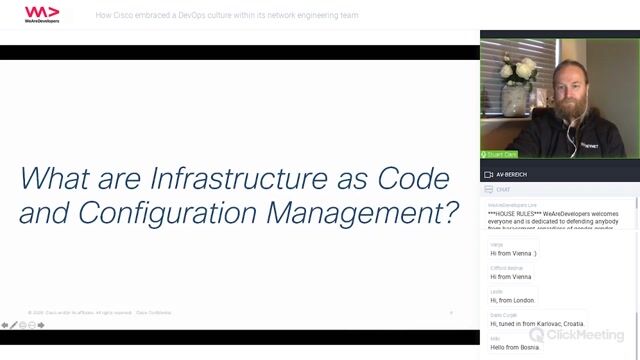
18:00 MIN
Applying GitOps principles to network automation
How Cisco embraced a DevOps culture within its network engineering team
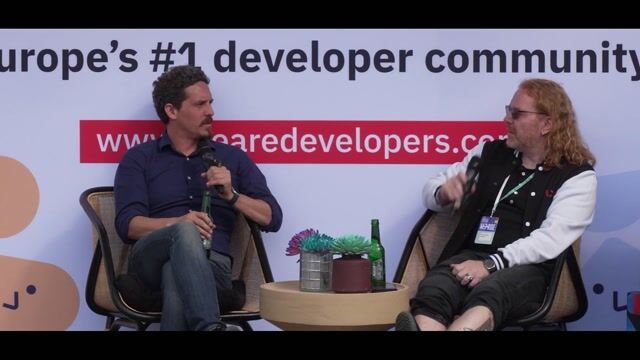
25:08 MIN
How Microsoft's acquisition of GitHub boosted Azure
Coffee with Developers - Scott Chacon on growing GitButler and the future of version control
Featured Partners
Related Videos
 1:05:06
1:05:06CI/CD with Github Actions
Chris Ayers
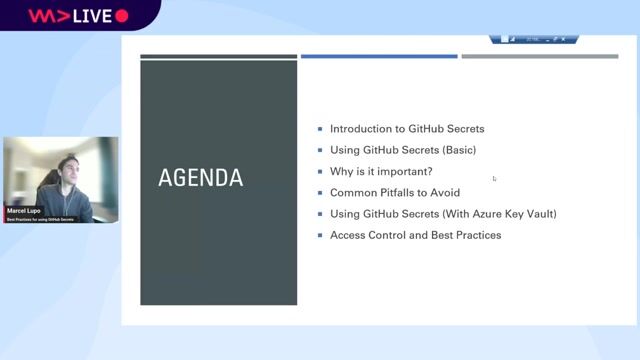 36:33
36:33Best Practices for Using GitHub Secrets
Marcel Lupo
 32:29
32:29GitLab CI pipelines for a whole company
Martin Beránek
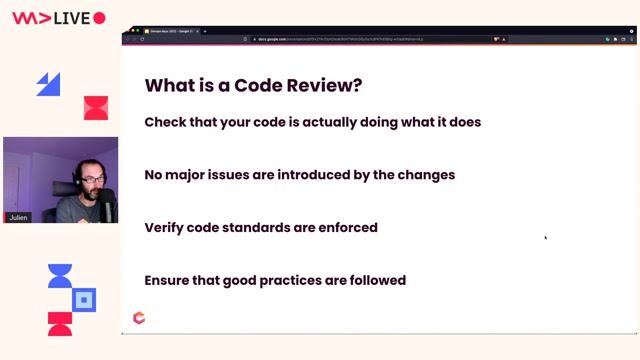 45:28
45:28Build a CI/CD pipeline to automate code reviews and ensure code quality
Julien Delange
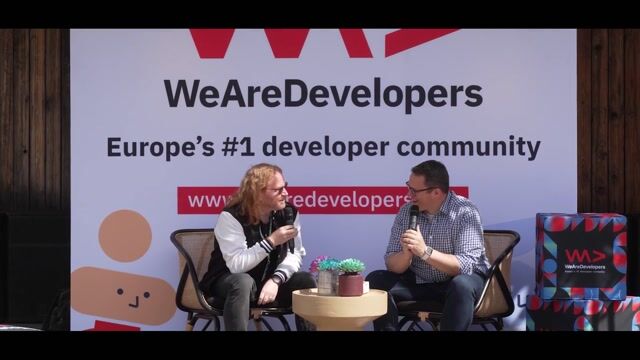 42:13
42:13Coffee With Developers - Kyle Daigle, COO of GitHub
Kyle Daigle
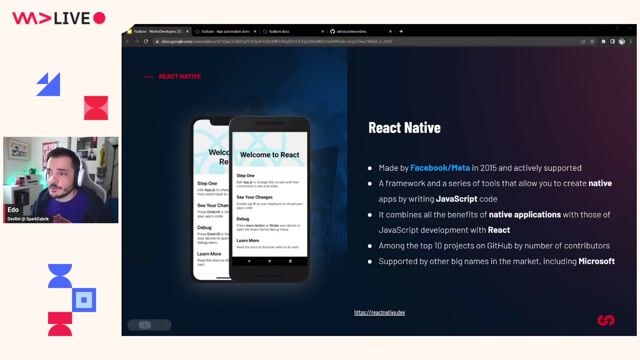 54:51
54:51The perfect CI/CD React Native pipeline with Fastlane
Edoardo Dusi
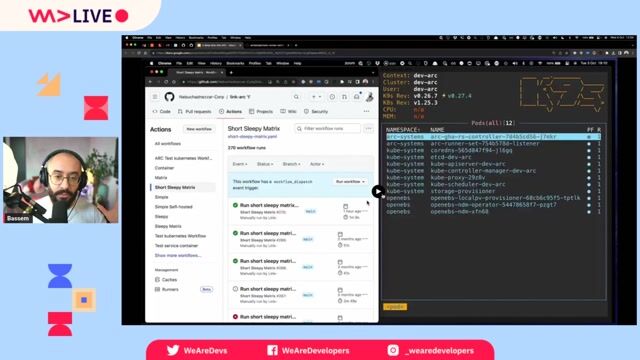 58:19
58:19A deep dive into ARC the Kubernetes operator to scale self-hosted runners
Bassem Dghaidi
 50:28
50:28Practical tips and tricks for CI/CD success
Zan Markan
From learning to earning
Jobs that call for the skills explored in this talk.

DevOps Engineer – Kubernetes & Cloud (m/w/d)
epostbox epb GmbH
Berlin, Germany
Intermediate
Senior
DevOps
Kubernetes
Cloud (AWS/Google/Azure)




DevOps Engineer - Automatisierung & CI/CD
Rocken AG
€100-120K
DevOps
Ansible
Terraform
Continuous Integration



